Home>Gardening & Outdoor>Landscaping Ideas>How To Use Lemongrass
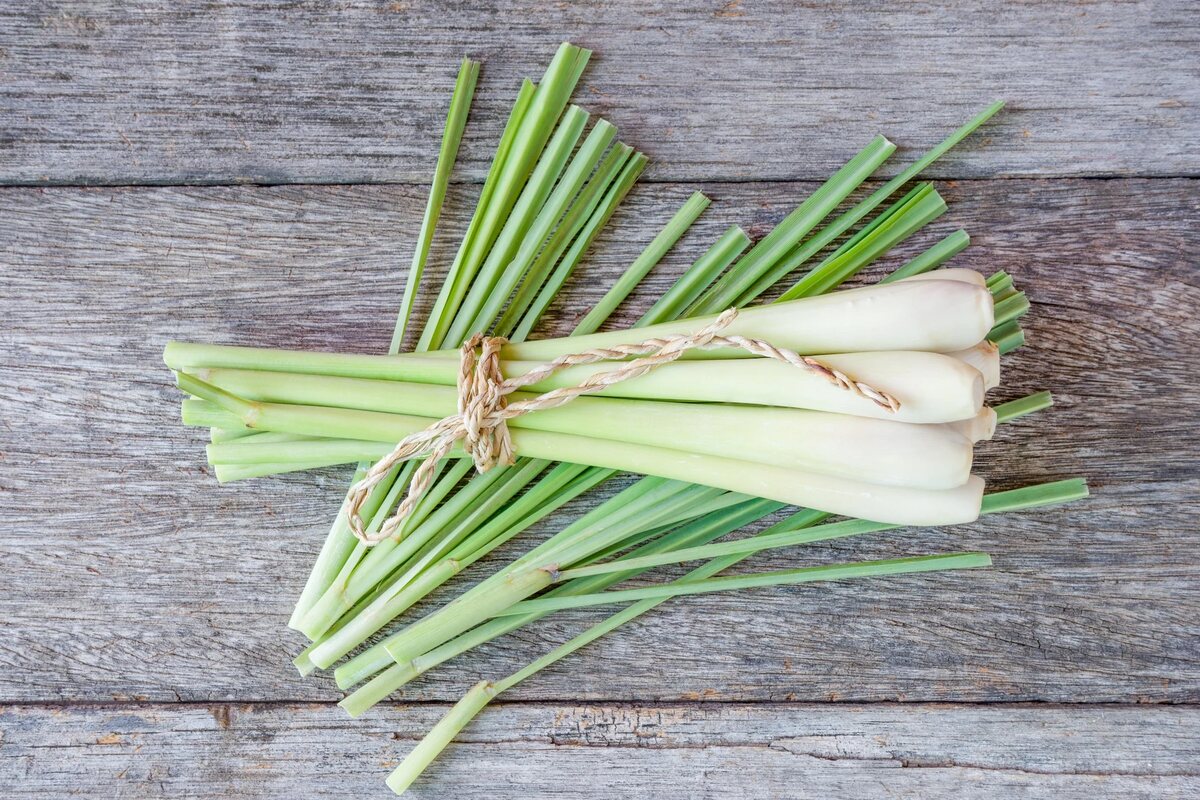

Landscaping Ideas
How To Use Lemongrass
Modified: February 18, 2024
Discover creative landscaping ideas and tips for using lemongrass to enhance your outdoor space. Learn how to incorporate this versatile plant into your garden design.
(Many of the links in this article redirect to a specific reviewed product. Your purchase of these products through affiliate links helps to generate commission for Storables.com, at no extra cost. Learn more)
Introduction
Welcome to the refreshing world of lemongrass! Whether you’re an avid cook, a health enthusiast, or a lover of aromatic experiences, lemongrass has something special to offer. This versatile herb, with its vibrant citrus flavor and invigorating aroma, has been cherished for centuries in various cultures for its culinary, medicinal, and therapeutic properties. In this article, we’ll explore the diverse uses of lemongrass, from enhancing the flavor of dishes to promoting well-being and relaxation.
Join us on a journey through the delightful realm of lemongrass as we uncover its origins, health benefits, culinary applications, and its role in skincare and aromatherapy. Whether you’re a seasoned chef looking to elevate your dishes, a wellness enthusiast seeking natural remedies, or simply someone intrigued by the allure of lemongrass, this guide will provide you with valuable insights and practical tips on harnessing the power of this remarkable herb.
Key Takeaways:
- Lemongrass offers a refreshing citrus flavor and potential health benefits, making it a versatile ingredient in cooking, skincare, and aromatherapy for a holistic well-being experience.
- From infusing vibrant dishes with its citrusy essence to promoting relaxation in aromatherapy, lemongrass invites us to savor its delightful flavors and embrace the rejuvenating power of nature.
Read more: How To Use Lemongrass Oil
What is Lemongrass?
Lemongrass, scientifically known as Cymbopogon citratus, is a perennial plant with a distinct lemony flavor and aroma. Belonging to the grass family, lemongrass is native to tropical regions such as Southeast Asia, Africa, and Australia. It thrives in warm, humid climates and is characterized by its tall, slender stalks and long, blade-like leaves.
Renowned for its citrusy scent and tangy taste, lemongrass has become a staple ingredient in various cuisines, particularly in Thai, Vietnamese, and Indian dishes. Its unique flavor profile adds brightness and depth to culinary creations, making it a popular choice for infusing soups, curries, stir-fries, and marinades with a refreshing zing.
Beyond its culinary applications, lemongrass has a rich history of traditional medicinal use. It is valued for its potential health benefits, which include aiding digestion, reducing inflammation, and promoting relaxation. Additionally, lemongrass is celebrated for its role in aromatherapy and skincare, where its essential oils are harnessed for their refreshing and rejuvenating properties.
When it comes to cultivation, lemongrass is relatively low-maintenance, making it a favorite among home gardeners. Its graceful, arching foliage and pleasant fragrance make it an attractive addition to gardens and landscapes, while its resilience and adaptability allow it to thrive in a variety of growing conditions.
Overall, lemongrass is a multifaceted herb that embodies a harmonious blend of culinary, medicinal, and aromatic qualities. Its versatility and delightful aroma make it a cherished ingredient in diverse cultural traditions and a source of inspiration for culinary exploration and holistic well-being.
Health Benefits of Lemongrass
Lemongrass offers an array of potential health benefits, making it not only a flavorful addition to dishes but also a valuable natural remedy. Here are some of the health-promoting properties associated with lemongrass:
- Antioxidant and Anti-Inflammatory Effects: Lemongrass contains essential oils and compounds that exhibit antioxidant and anti-inflammatory properties. These properties may help combat oxidative stress and reduce inflammation in the body, potentially contributing to overall well-being.
- Digestive Support: The natural oils present in lemongrass, such as citral, are believed to support healthy digestion. Consuming lemongrass-infused teas or incorporating it into meals may aid in soothing digestive discomfort and promoting digestive health.
- Calming and Relaxing Effects: The soothing aroma of lemongrass is often utilized in aromatherapy for its calming and stress-relieving effects. Inhaling the citrusy scent of lemongrass essential oil may help alleviate tension and promote relaxation, contributing to a sense of well-being.
- Potential Antibacterial and Antifungal Properties: Certain components of lemongrass, such as citronella, exhibit antibacterial and antifungal properties. These properties may offer natural support in combating certain types of bacteria and fungi, contributing to overall immune health.
- Promotion of Healthy Skin: Lemongrass essential oil is often incorporated into skincare products for its astringent and toning properties. It is believed to help cleanse and purify the skin, making it a popular choice for natural skincare routines.
It’s important to note that while lemongrass shows promising health benefits, it should be enjoyed as part of a balanced diet and lifestyle. As with any natural remedy, individual responses may vary, and it’s advisable to consult a healthcare professional before using lemongrass for medicinal purposes, especially if you have underlying health conditions or are taking medications.
By incorporating lemongrass into your culinary repertoire and wellness routines, you can savor its delightful flavor while potentially reaping its health-enhancing properties, adding a refreshing twist to your daily rituals.
Culinary Uses of Lemongrass
Lemongrass is a culinary gem that imparts a bright, citrusy flavor and a delightful aroma to a wide range of dishes. Its versatility allows it to be used in various forms, from fresh stalks to dried or powdered versions, offering a spectrum of culinary possibilities. Here are some popular culinary uses of lemongrass:
- Infusing Aromatic Soups and Curries: One of the most prevalent uses of lemongrass is in soups and curries, particularly in Southeast Asian cuisines. The stalks are often bruised or crushed to release their essential oils and then added to simmering broths or coconut-based curries, imparting a refreshing citrus flavor and fragrance.
- Marinating Meats and Seafood: Lemongrass is a fantastic addition to marinades for meats and seafood. When finely chopped or blended into a paste, it adds a zesty, herbaceous note to marinades, enhancing the flavor and aroma of grilled or roasted dishes.
- Flavoring Stir-Fries and Noodle Dishes: Fresh or dried lemongrass can be finely sliced and added to stir-fries and noodle dishes to infuse them with a subtle citrus undertone. Its aromatic essence complements the vibrant flavors of vegetables, proteins, and sauces, creating a harmonious blend of tastes and aromas.
- Brewing Refreshing Teas and Beverages: Lemongrass makes for a delightful herbal tea when steeped in hot water. Its invigorating citrus flavor and soothing properties make it a popular choice for creating calming and rejuvenating beverages, both hot and iced.
- Baking and Desserts: Dried lemongrass can be ground into a fine powder and incorporated into baked goods and desserts to add a subtle citrus note. From cookies and cakes to custards and ice creams, lemongrass lends a unique and aromatic touch to sweet treats.
When using fresh lemongrass, it’s essential to prepare it properly to extract its flavors. Typically, the tough outer layers are removed, and the lower bulbous portion is finely sliced or pounded to release its aromatic oils. The upper, grassy portion can be used to infuse liquids or discarded after imparting its essence.
By incorporating lemongrass into your culinary creations, you can elevate the flavors of your dishes with its refreshing and vibrant profile, adding a delightful twist to your gastronomic adventures.
To use lemongrass, remove the tough outer layers and use the tender inner stalks for cooking. You can chop or crush the stalks to release their flavor, and then add them to soups, curries, or marinades for a citrusy, aromatic taste.
How to Prepare Lemongrass for Cooking
Preparing lemongrass for cooking involves unlocking its aromatic oils and flavors, ensuring that its refreshing essence permeates the dish. Here’s a step-by-step guide on how to prepare lemongrass for culinary use:
- Choose Fresh Lemongrass: Look for fresh lemongrass stalks that are firm, with a pale yellow base and tightly formed leaves. Avoid stalks that appear dry, shriveled, or have browning on the outer layers.
- Trim and Discard the Top and Base: Trim off the upper green portion of the lemongrass, leaving the bulbous base and the lower portion of the stalk, typically a few inches from the base.
- Peel Away the Tough Layers: Gently peel away the tough, outer layers of the lemongrass until you reach the tender, pale yellow core. The outer layers can be fibrous and tough, so removing them exposes the more delicate and flavorful inner layers.
- Prepare as Needed: Depending on the recipe, you can slice the tender core thinly for use in stir-fries, marinades, and soups, or crush it with the flat side of a knife to release its aromatic oils before adding it to dishes. For teas and infusions, the stalks can be left whole or lightly crushed to release their flavors.
- Utilize the Fragrant Leaves: While the leaves of lemongrass are not as commonly used in cooking, they can be tied into a knot and added to broths and soups for a subtle infusion of flavor. Alternatively, they can be used to flavor rice or discarded after imparting their essence.
When working with lemongrass, it’s essential to handle it with care and appreciate its unique texture and aroma. Whether you’re infusing a broth with its refreshing citrus notes or adding depth to a marinade, properly preparing lemongrass allows you to harness its full potential and elevate the flavors of your culinary creations.
Read more: How To Use Lemongrass Leaves
Using Lemongrass in Drinks and Cocktails
Lemongrass adds a delightful citrusy twist to a variety of beverages, from soothing herbal teas to vibrant cocktails. Its bright and refreshing flavor profile makes it a versatile ingredient for crafting both non-alcoholic and alcoholic drinks. Here are some creative ways to incorporate lemongrass into your beverages:
- Herbal Lemongrass Tea: Steep fresh or dried lemongrass stalks in hot water to create a fragrant herbal tea. The citrusy aroma and subtle tang of lemongrass make for a soothing and invigorating beverage, perfect for enjoying at any time of day.
- Lemongrass-infused Lemonade: Add a unique twist to traditional lemonade by infusing it with lemongrass. Simmer lemongrass stalks in a simple syrup, then mix the infused syrup with freshly squeezed lemon juice and water for a refreshing and aromatic lemonade with a hint of citrusy warmth.
- Citrus and Lemongrass Mocktails: Create non-alcoholic mocktails by muddling fresh lemongrass with citrus fruits such as lime, orange, or grapefruit, and combining them with sparkling water or soda. The combination of citrus flavors with the aromatic essence of lemongrass results in a vibrant and refreshing beverage.
- Lemongrass-infused Cocktails: Elevate your cocktail game by incorporating lemongrass-infused syrups or spirits into your concoctions. Lemongrass pairs beautifully with spirits like vodka, gin, and rum, adding a zesty and aromatic dimension to classic cocktails such as mojitos, martinis, and daiquiris.
- Tropical Lemongrass Smoothies: Blend fresh or frozen fruits such as pineapple, mango, and banana with coconut milk or yogurt, and infuse the mixture with a touch of lemongrass for a tropical and revitalizing smoothie. The combination of sweet fruits and citrusy lemongrass creates a refreshing and exotic flavor profile.
When using lemongrass in beverages, it’s important to release its aromatic oils and flavors to fully appreciate its invigorating essence. Muddling, infusing, or steeping lemongrass allows its citrusy notes to shine, adding a unique and refreshing dimension to your drinks.
Whether you’re crafting a calming herbal infusion or shaking up a lively cocktail, lemongrass offers a delightful way to infuse your beverages with its bright and aromatic character, creating memorable sips for any occasion.
Lemongrass in Skincare and Aromatherapy
Beyond its culinary and beverage applications, lemongrass plays a significant role in skincare and aromatherapy, offering a range of benefits for overall well-being and rejuvenation. Its refreshing scent and potential therapeutic properties make it a valuable ingredient in beauty and wellness routines. Here’s how lemongrass is utilized in skincare and aromatherapy:
- Aromatherapy: The invigorating and citrusy aroma of lemongrass essential oil is widely used in aromatherapy to promote relaxation, reduce stress, and uplift the mood. Diffusing lemongrass oil in a room or adding it to a bath can create a refreshing and revitalizing atmosphere, providing a sense of balance and tranquility.
- Skincare Benefits: Lemongrass essential oil is known for its astringent, toning, and purifying properties, making it a popular choice for skincare. When diluted and applied topically, it may help cleanse and refine the skin, making it a beneficial addition to facial cleansers, toners, and serums.
- Natural Insect Repellent: The citronella content in lemongrass makes it an effective natural insect repellent. Its pleasant scent, combined with its insect-repelling properties, makes lemongrass essential oil a preferred choice for creating natural bug sprays and outdoor ambiance.
- Relaxing Massage Oils: Lemongrass essential oil is often used in massage oils for its soothing and invigorating effects. When combined with carrier oils such as coconut or jojoba oil, it can be applied during massages to promote relaxation and ease muscular tension.
- Refreshing Body and Bath Products: The citrusy fragrance of lemongrass makes it a popular choice for soaps, shower gels, and bath salts. Its uplifting scent adds a refreshing and energizing touch to personal care products, transforming daily routines into sensory experiences.
When incorporating lemongrass into skincare and aromatherapy practices, it’s important to use high-quality, pure essential oils and to dilute them appropriately before topical application. Its refreshing and revitalizing properties make lemongrass a versatile and cherished ingredient for promoting relaxation, rejuvenation, and overall well-being.
By embracing the aromatic allure and potential therapeutic benefits of lemongrass, individuals can enhance their self-care rituals and create soothing and revitalizing experiences that nourish the body, mind, and spirit.
Conclusion
As we conclude our exploration of lemongrass, we’re reminded of its remarkable versatility and the myriad ways in which it enriches our lives. From its vibrant presence in culinary creations to its soothing influence in skincare and aromatherapy, lemongrass stands as a testament to the harmonious connection between nature and well-being.
Through our journey, we’ve uncovered the refreshing citrus flavor and invigorating aroma that define lemongrass, making it a beloved ingredient in cuisines around the world. Its culinary uses span from infusing aromatic soups and curries to enhancing beverages with its bright and zesty essence, adding a delightful twist to every sip and bite.
Beyond its culinary prowess, lemongrass offers potential health benefits, from aiding digestion to promoting relaxation, making it a cherished component of natural wellness practices. Its presence in skincare and aromatherapy further amplifies its impact, offering a refreshing and revitalizing touch to personal care routines and sensory experiences.
Whether it’s the tantalizing aroma of lemongrass wafting from a simmering pot of curry, the rejuvenating effects of lemongrass-infused skincare products, or the calming ambiance created by its essential oil in an aromatherapy diffuser, lemongrass continues to captivate and inspire us.
As we embrace the multifaceted allure of lemongrass, let’s savor its vibrant flavors, cherish its potential health-promoting properties, and indulge in its aromatic embrace. Whether in the kitchen, the spa, or the sanctuary of our homes, lemongrass invites us to elevate our experiences and connect with the refreshing essence of nature.
So, let’s raise our glasses to lemongrass, celebrating its zest for life and its enduring presence as a source of culinary delight, well-being, and sensory bliss.
Frequently Asked Questions about How To Use Lemongrass
Was this page helpful?
At Storables.com, we guarantee accurate and reliable information. Our content, validated by Expert Board Contributors, is crafted following stringent Editorial Policies. We're committed to providing you with well-researched, expert-backed insights for all your informational needs.
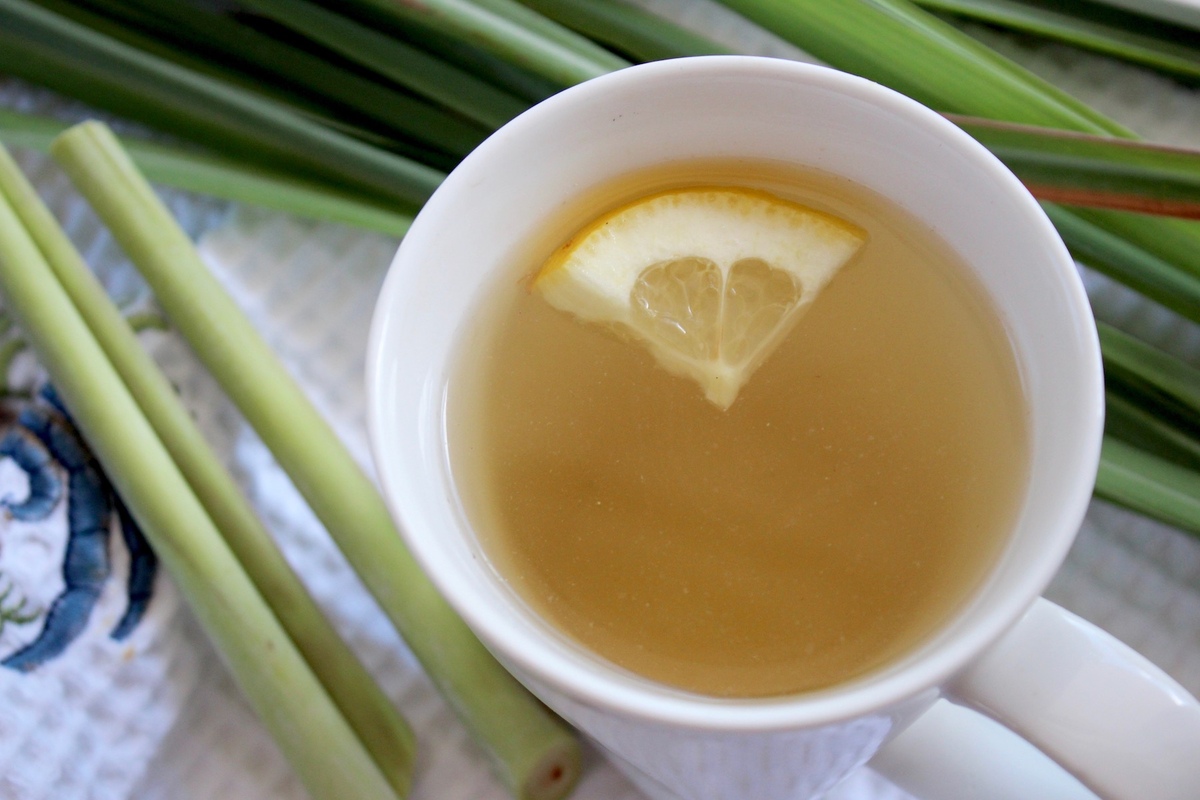
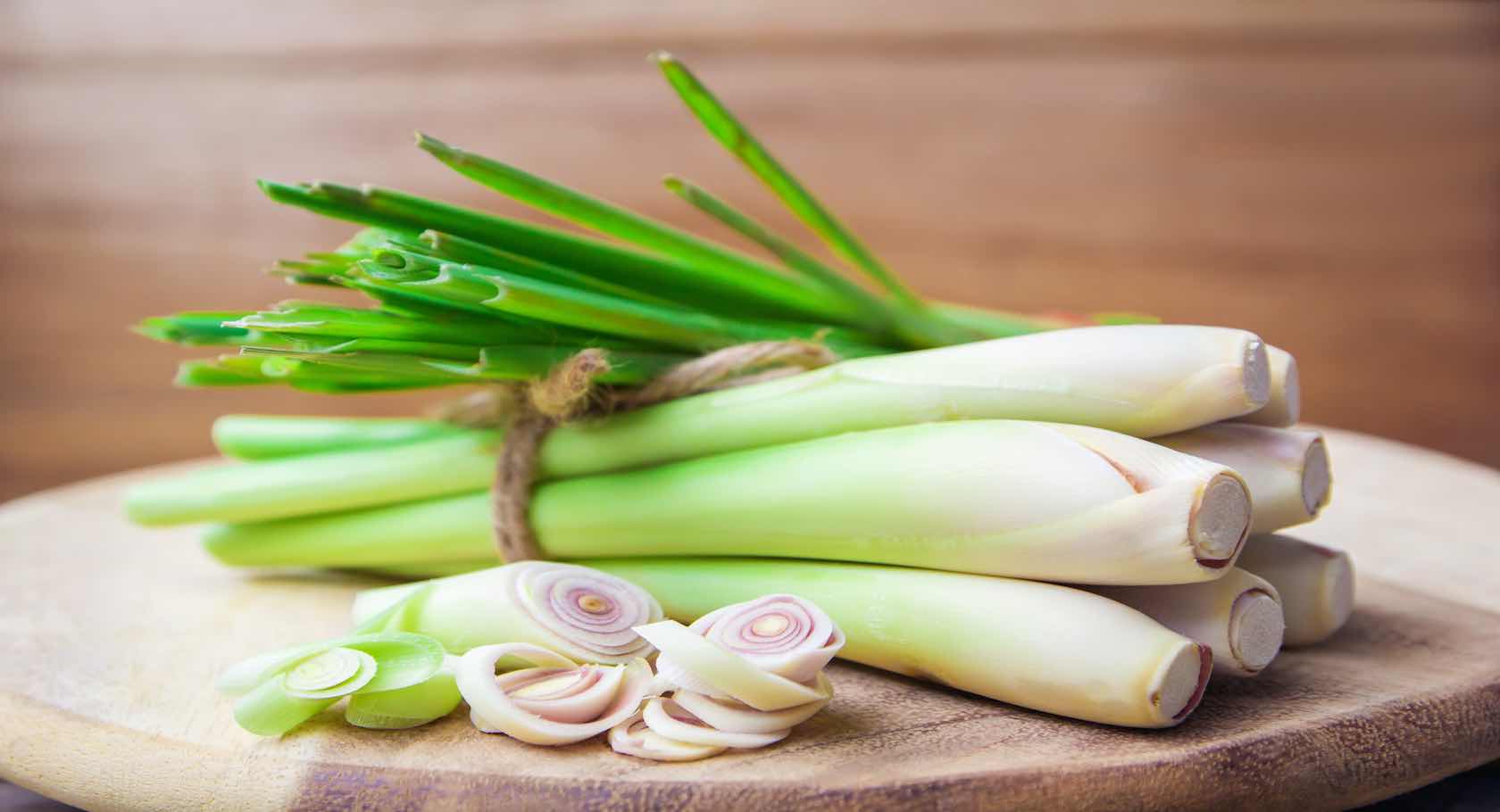
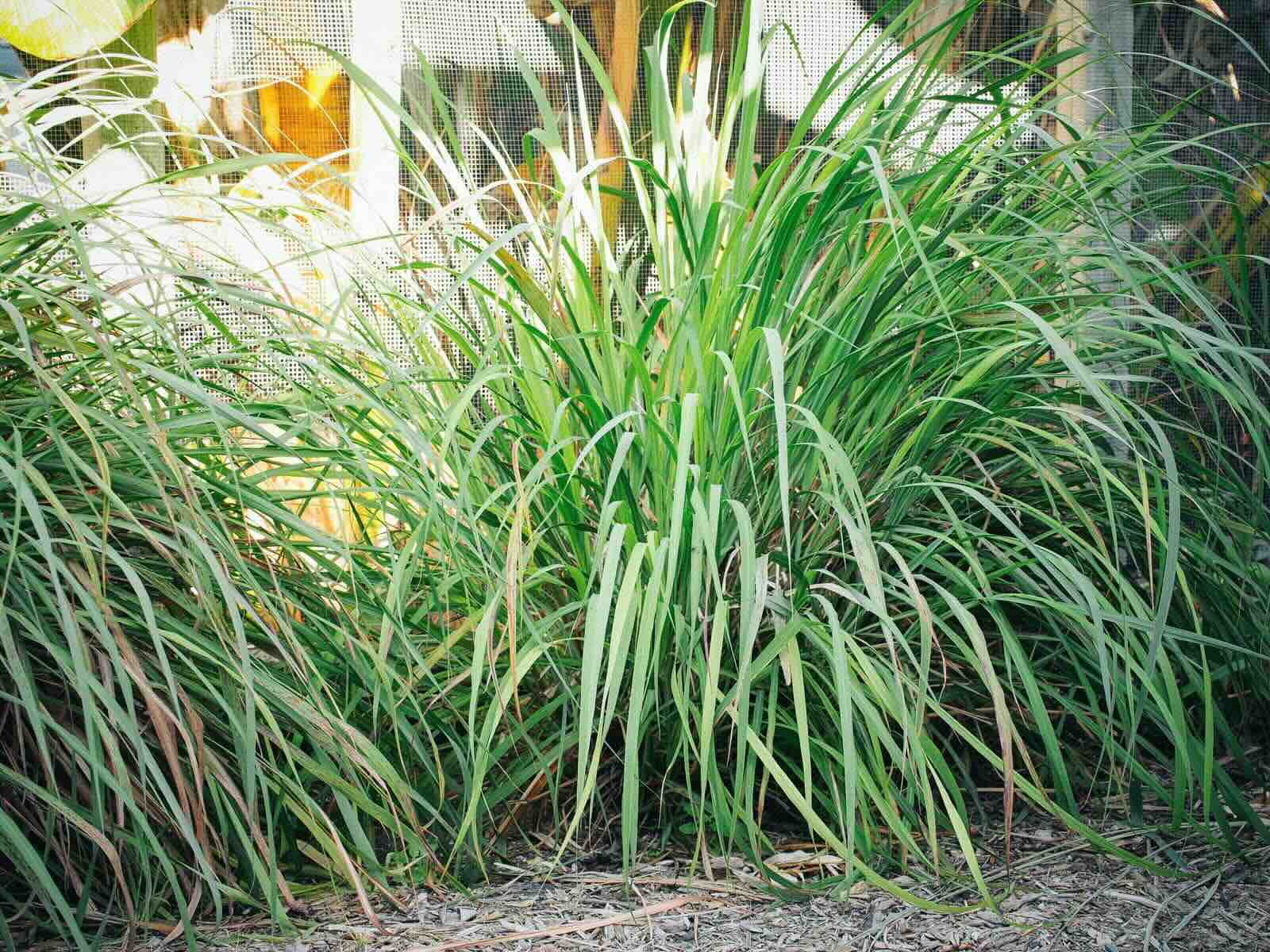
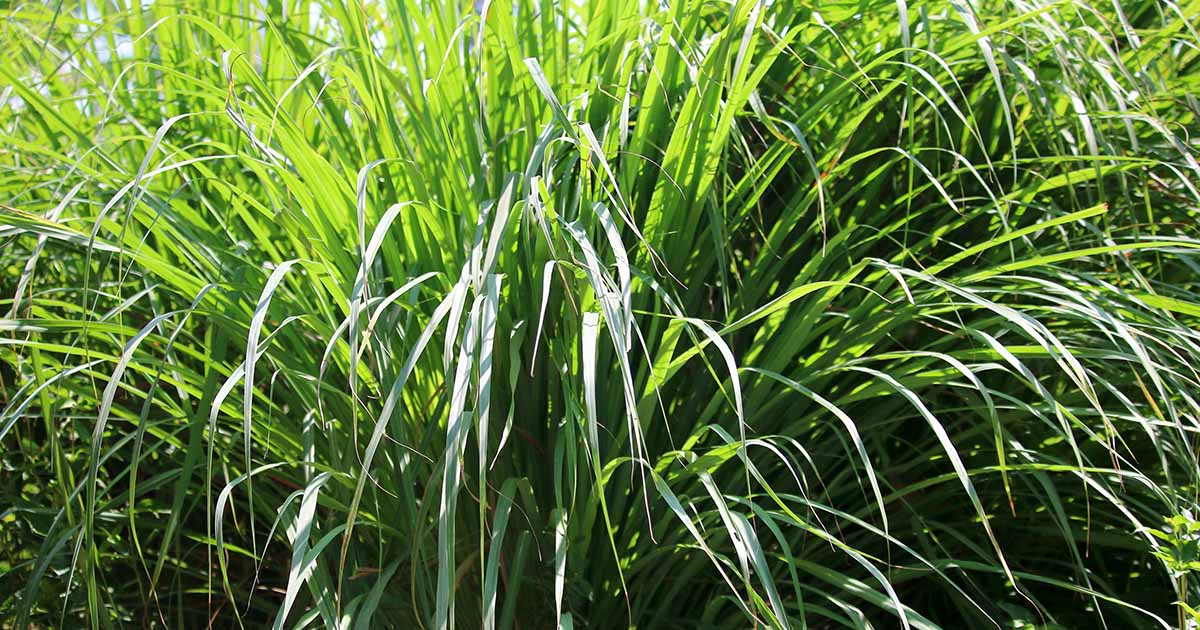
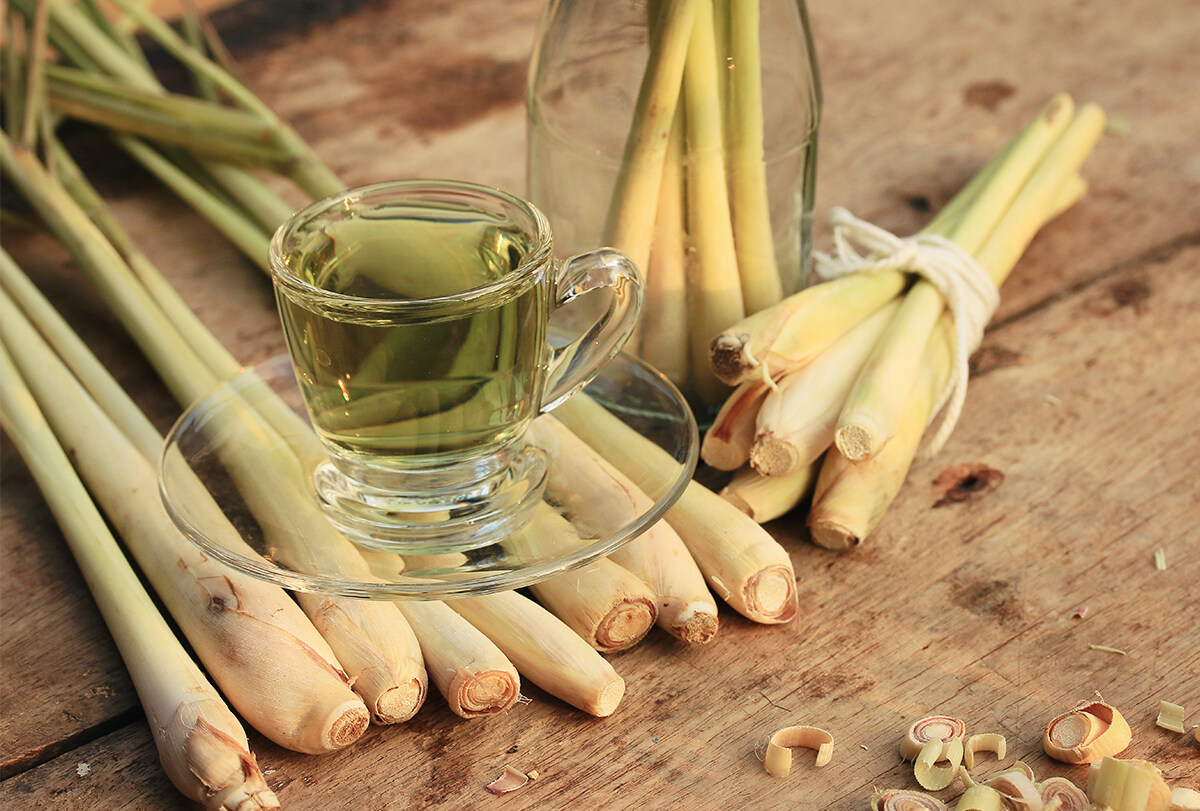
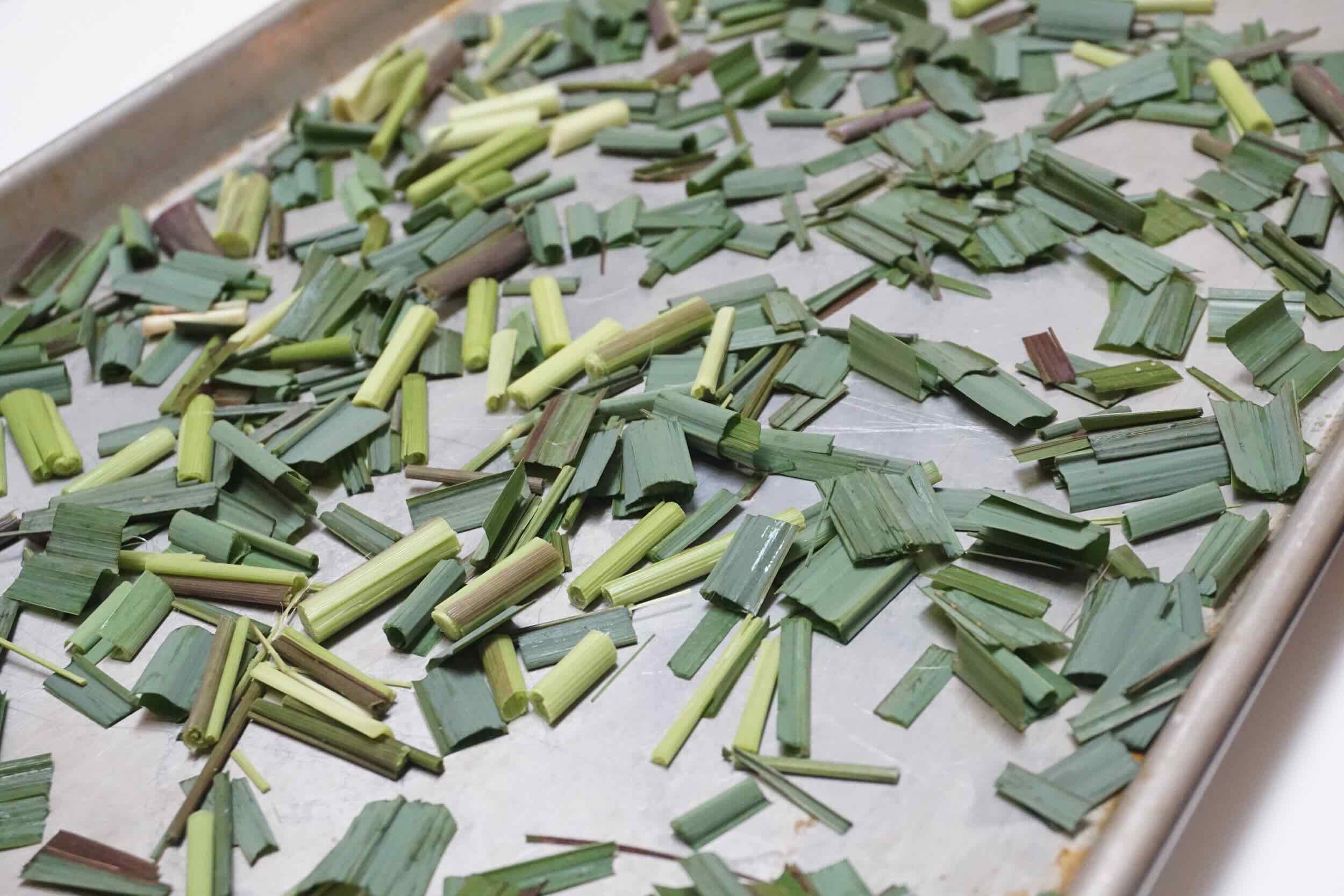
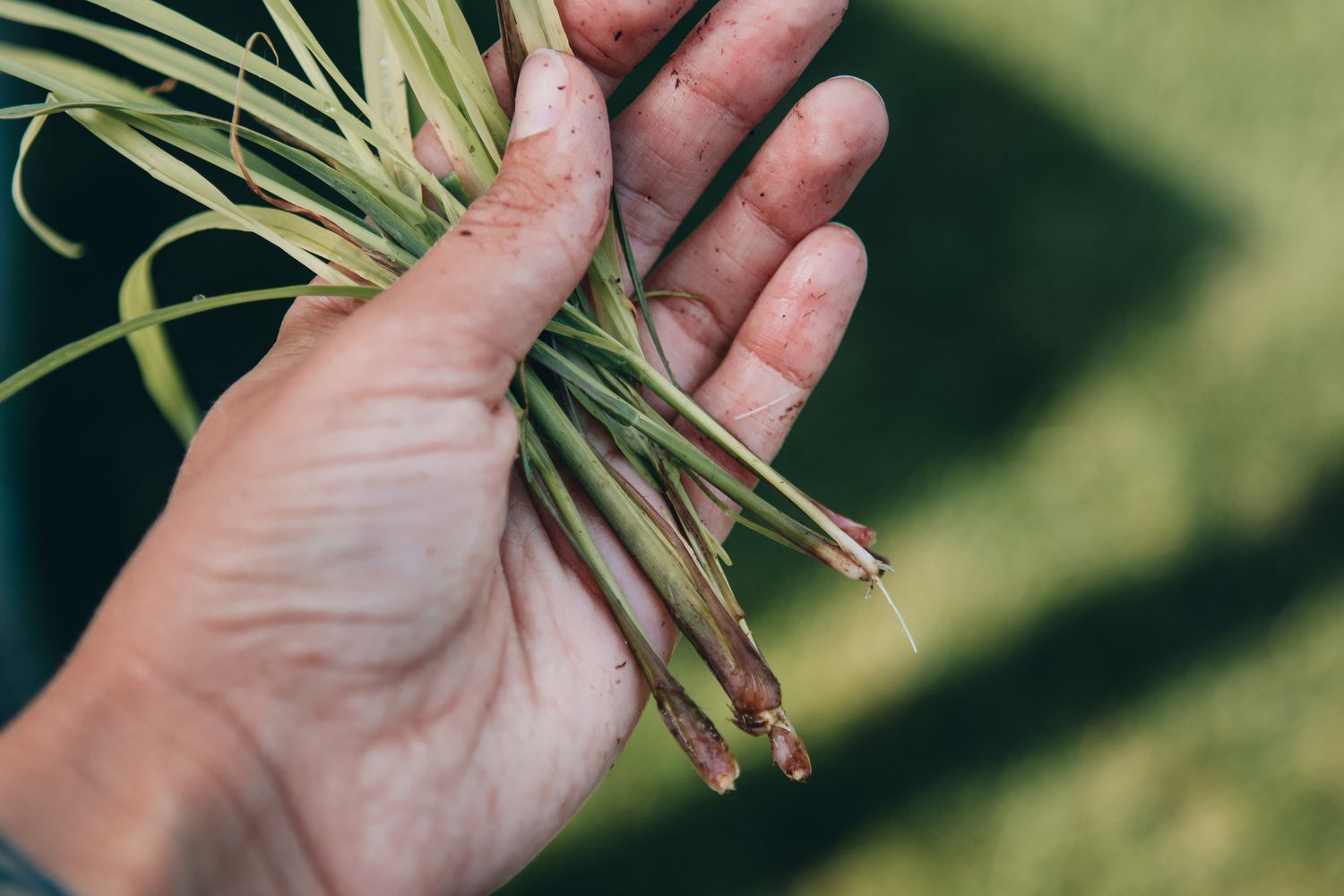
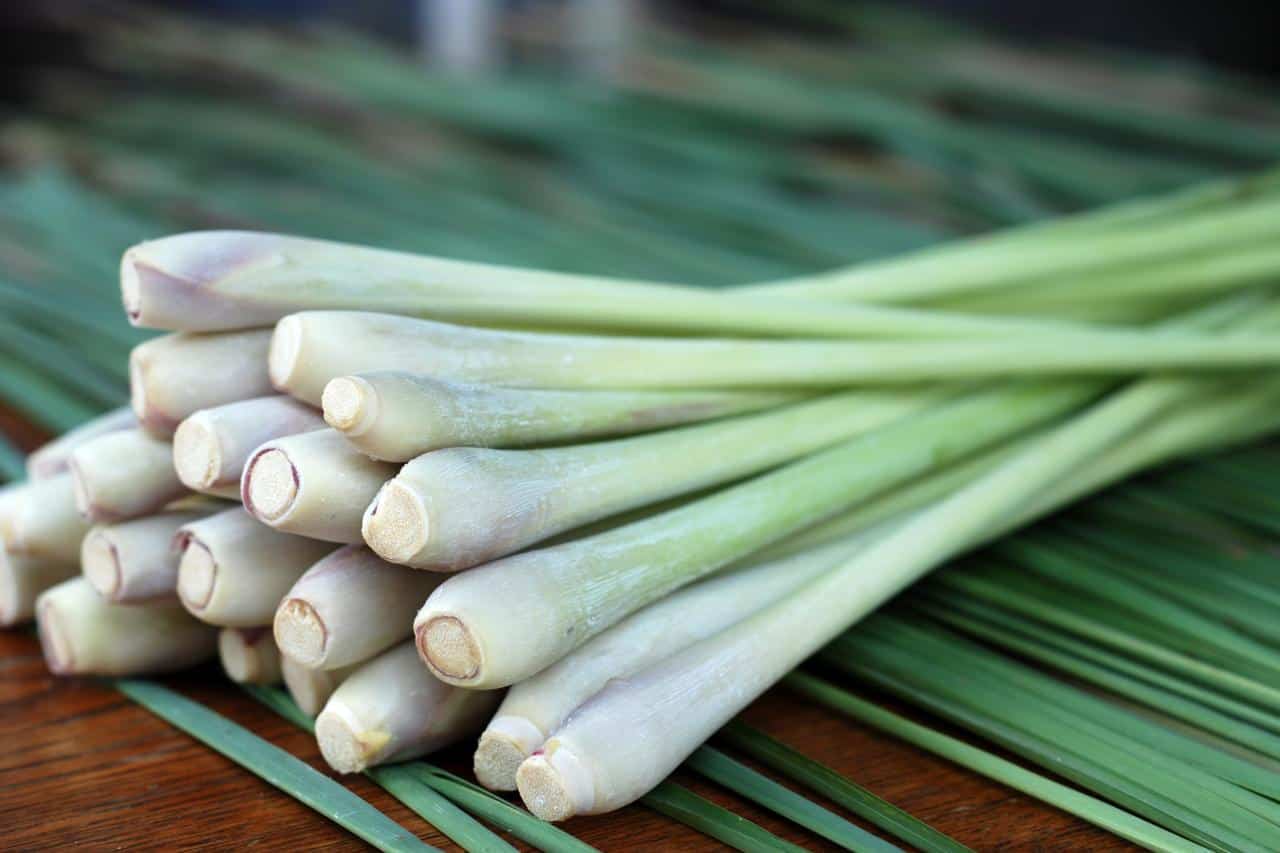
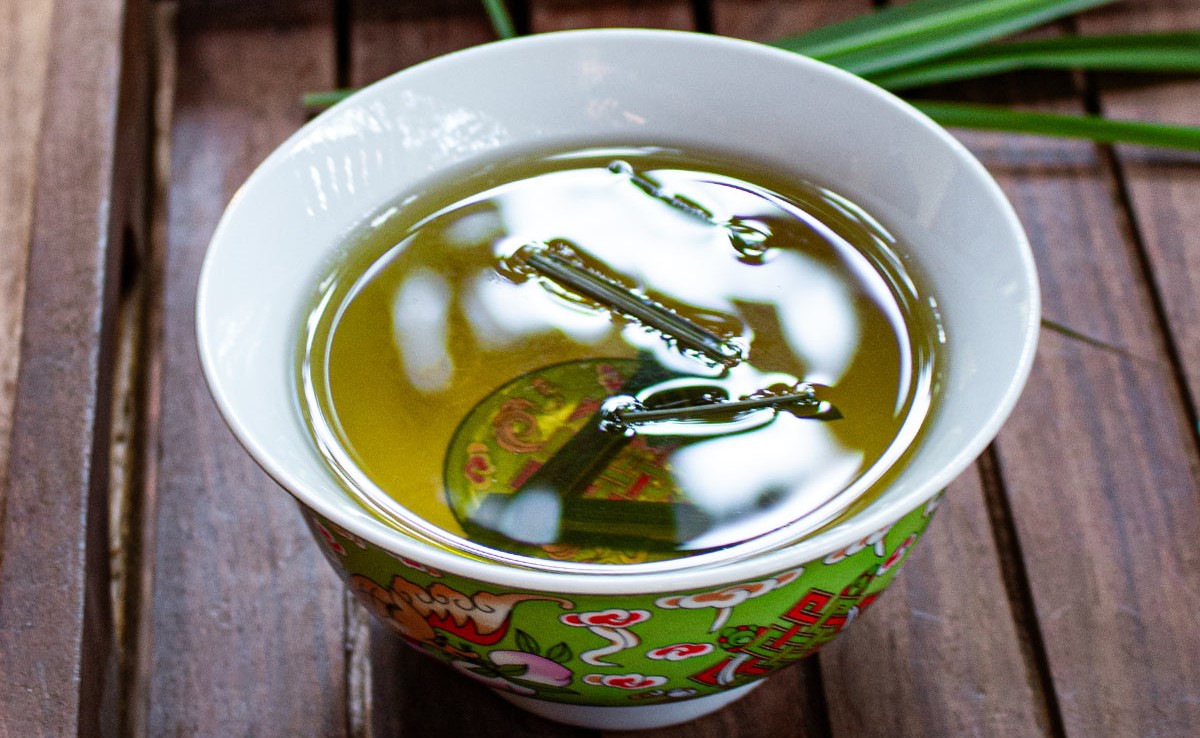
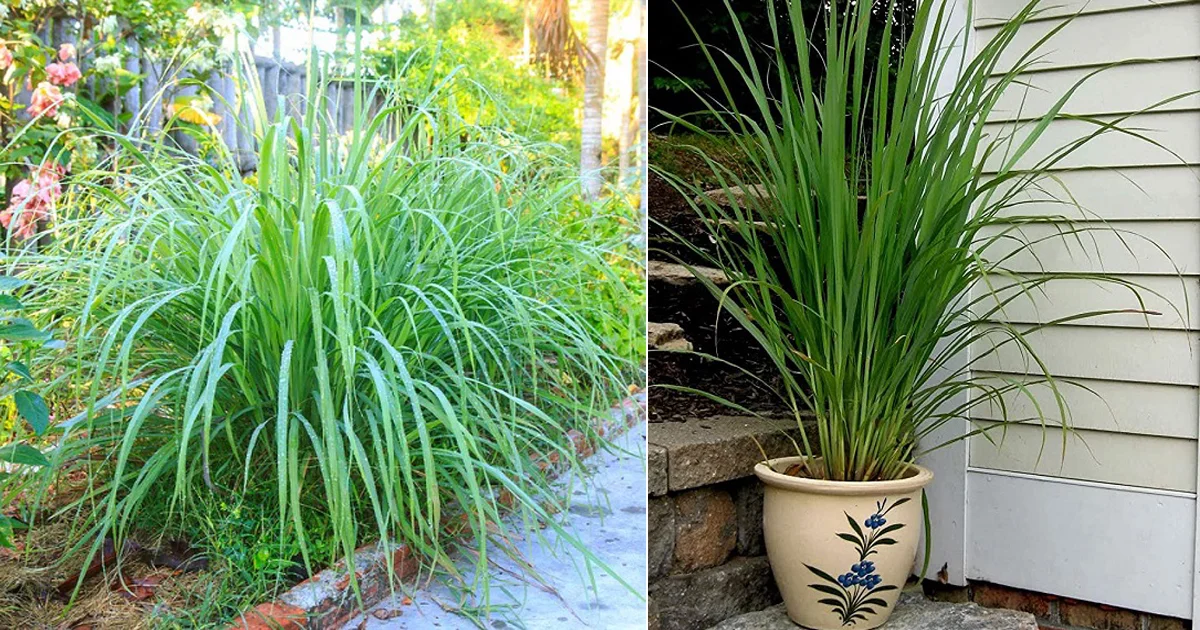
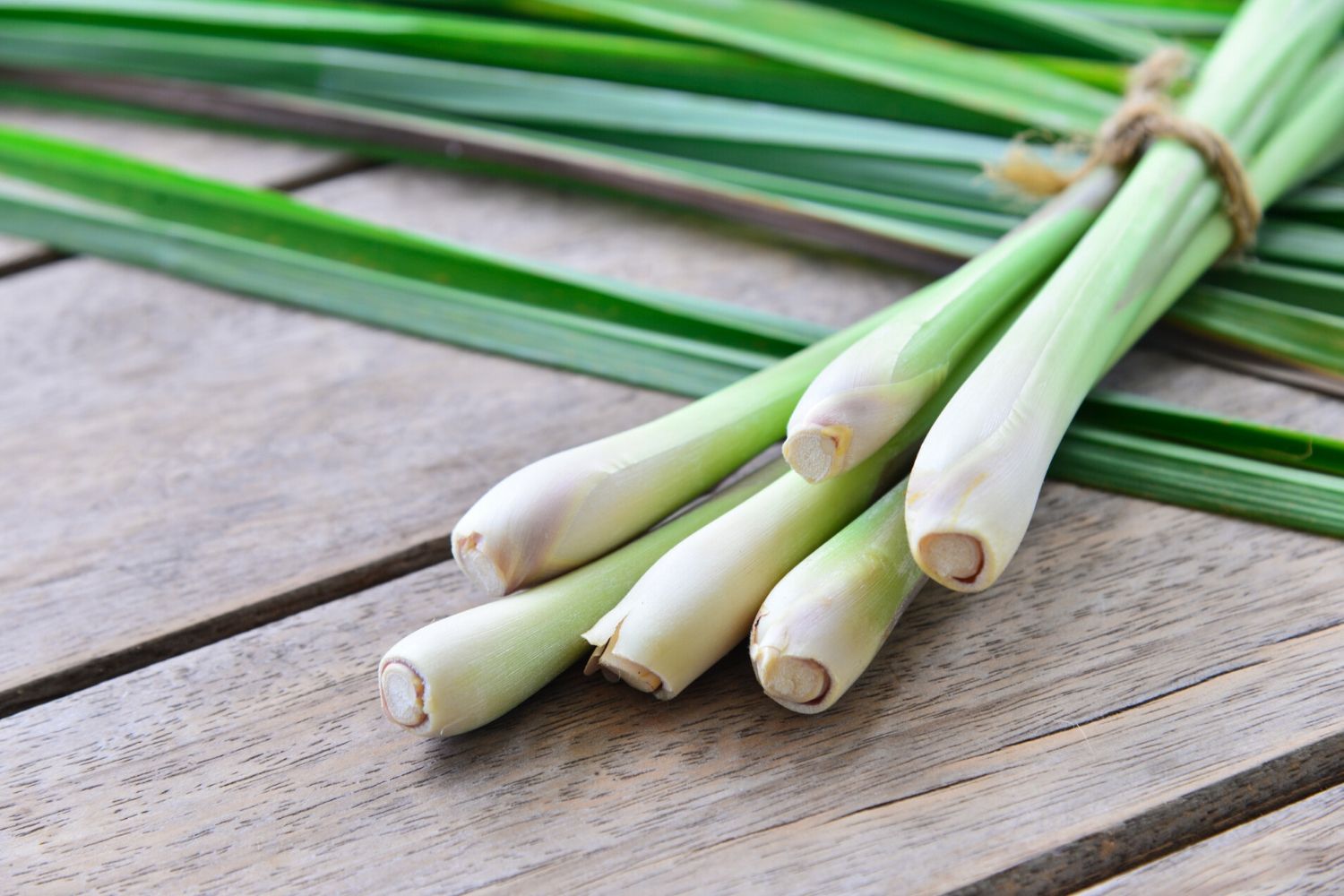
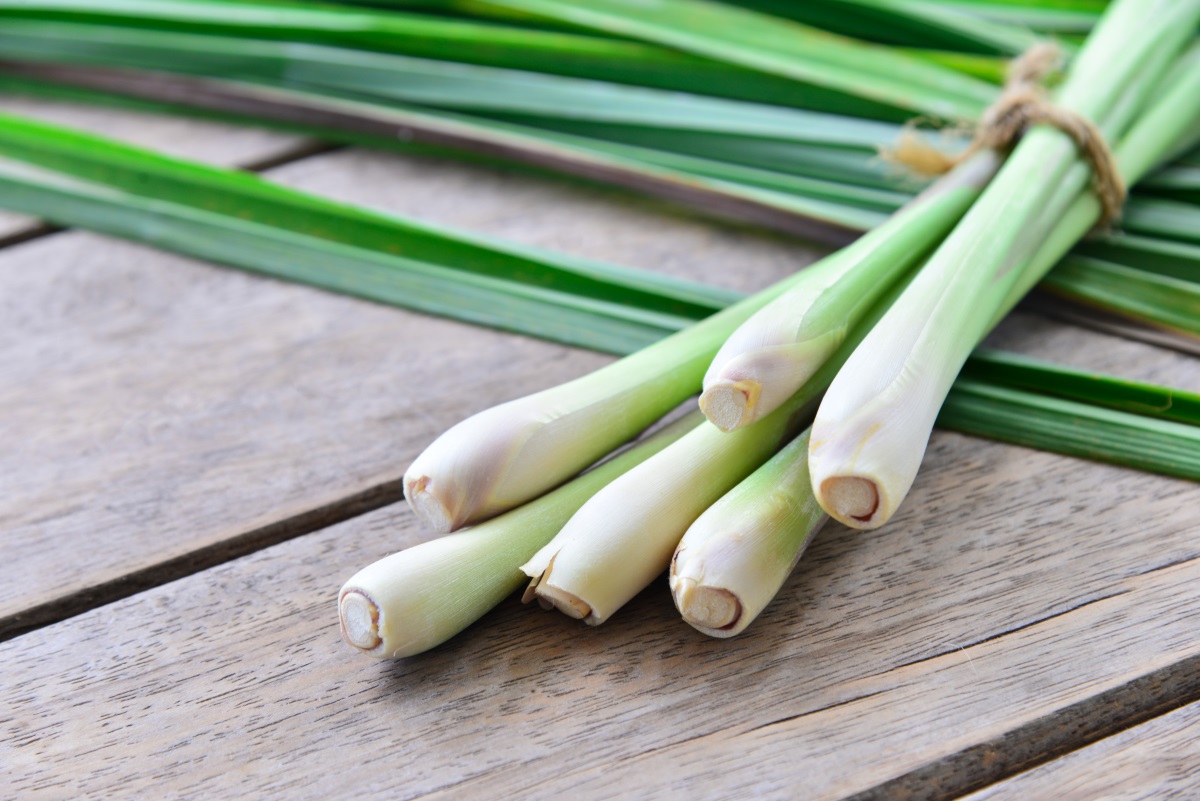
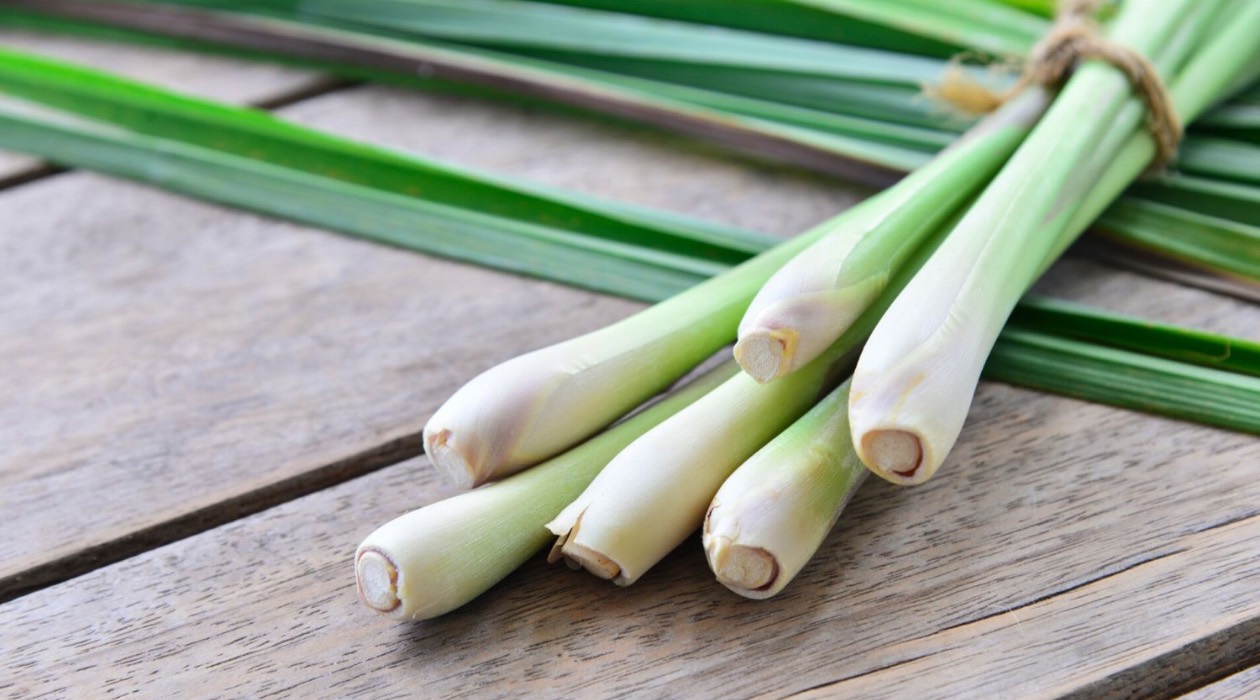
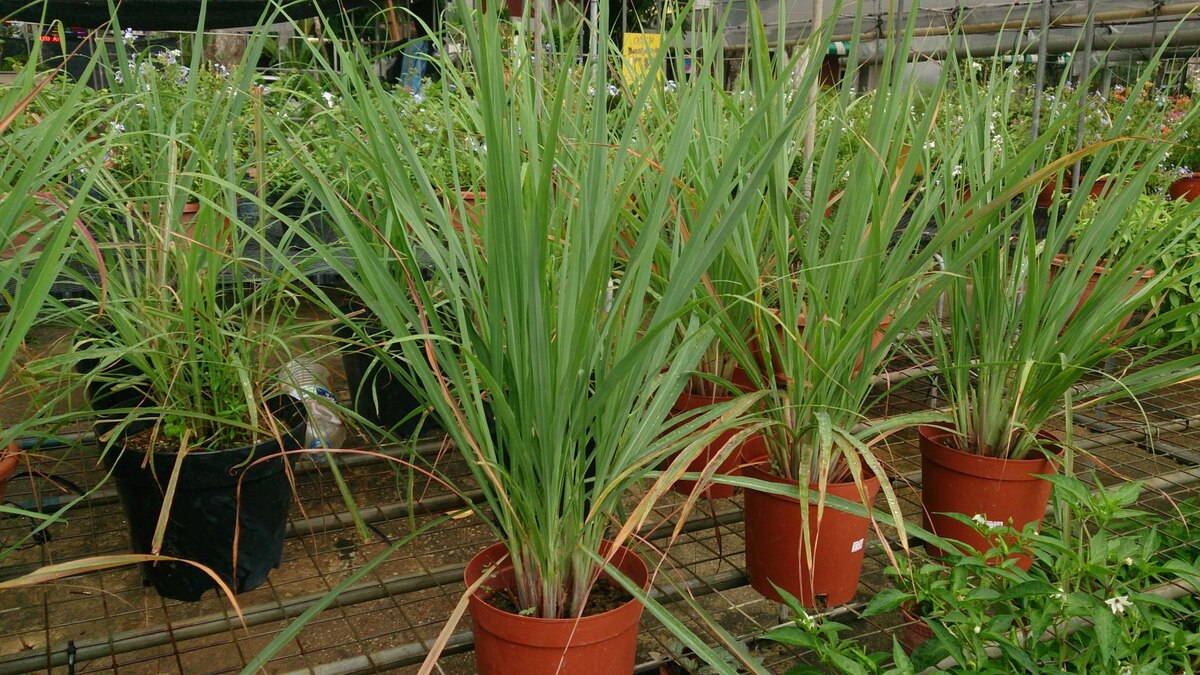

0 thoughts on “How To Use Lemongrass”